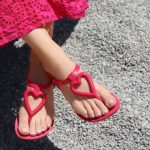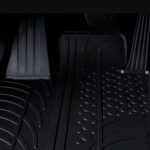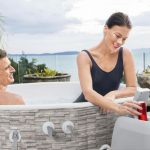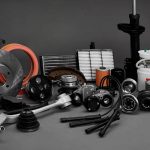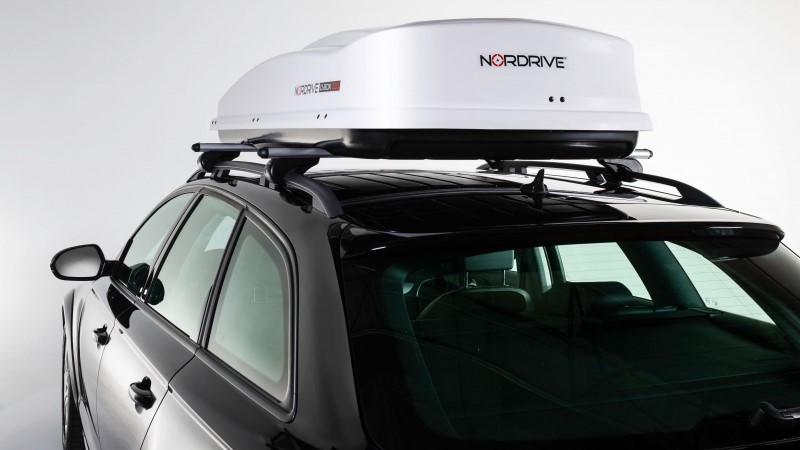Table of Contents
Most of these shoes start at the price of $60 that can go to as much as $200 or even higher.
The most in demand models for almost all brands range from $100 to $120. It is what can give you the best value for your money. These are mainly better compared to entry-level shoes and usually the difference between pricier shoes is not really that big.
Instead of going for a cheaper priced pair of running shoes, it is recommended to buy a model from the previous year. You could expect to pay 25% up to 40% less for this. It is recommended to go for older good shoes instead of one that is cheap and brand new.
If you pay for $150 or higher, most of the time, you will pay for newer technologies or better materials, and not really a better pair.
Important to Factors to Consider
The latest studies revealed that the foremost and most crucial factor to consider when shopping for shoes for running is fit and comfort as in terms of risk of injury. Even the smallest issue with discomfort is amplified once you start running.

If the shoes are too long or too short, too narrow or too wide, if a tiny stitch within the shoes rub you in a wrong way, just imagine enduring it for thousands of steps, combined with the swelling of your feet due to the impact of heat or the small stitch forming into a proper blister.
To be sure that you will get the comfortable and correct-fitting sports shoes, considering that your feet are going to swell while running, make sure you try on several brands and sizes and do lots of indoor walking before you make your final decision and wear them on their first run.
Cushioning Defined
Cushioning refers to the ability of the shoes to absorb a portion of the impact. Running shoes don’t share the same level of cushioning. The best running shoes often feature thicker soles. The proper term here is stack height that offers better shock absorption with more weight as well.
